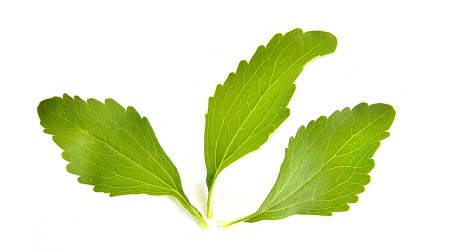You are here:
How much sweetener is there in soft drinks?

Aspartame, cyclamate and saccharine among others, sweeteners are found in numerous foods and are up to 3,000 times sweeter than normal table sugar. The latest project of the BfR MEAL study asks, how much of these sweeteners are contained in soft drinks such as lemonades, fruit soft drinks and energy drinks.
This was motivated by the reduction and innovation strategy adopted by the Federal Cabinet in 2018. Their goal is to reduce obesity and diseases such as diabetes by limiting the amount of sugar, fat and salt in finished products. This reduction might lead to an increased use of calorie-free sweeteners in soft drinks. According to the Max Rubner Institute, the sugar content in soft drinks actually fell by 3.2 percent between 2018 and 2019. At the same time, the number of low-sugar sodas, as well as isotonic and cold tea beverages sweetened with sweeteners rose slightly. Since sweeteners are food additives, they must be listed in the ingredient list.
One aim of the BfR MEAL study is to analytically quantify the levels of sweeteners used in soft drinks over the coming months. The food additives module is being expanded to include sweeteners: acesulfame K, aspartame, cyclamate, neohesperidin-DC, neotame, saccharin, sucralose, steviol glycosides, rebaudioside A and advantame. This undertaking requires the BfR MEAL study team to buy about 100 market-relevant, sweetened soft drinks. The samples will be analysed by an external laboratory, before the analysis results are assessed by the German Federal Institute for Risk Assessment (BfR).
The BfR assessed the increased use of sweeteners in terms of health and identified a further need for research - for example with regard to particularly sensitive consumer groups or the possible cumulative effects of the individual sweeteners. The current BfR MEAL study project follows recommendations to collect current and valid data to estimate the current intake of sweeteners in the population.

